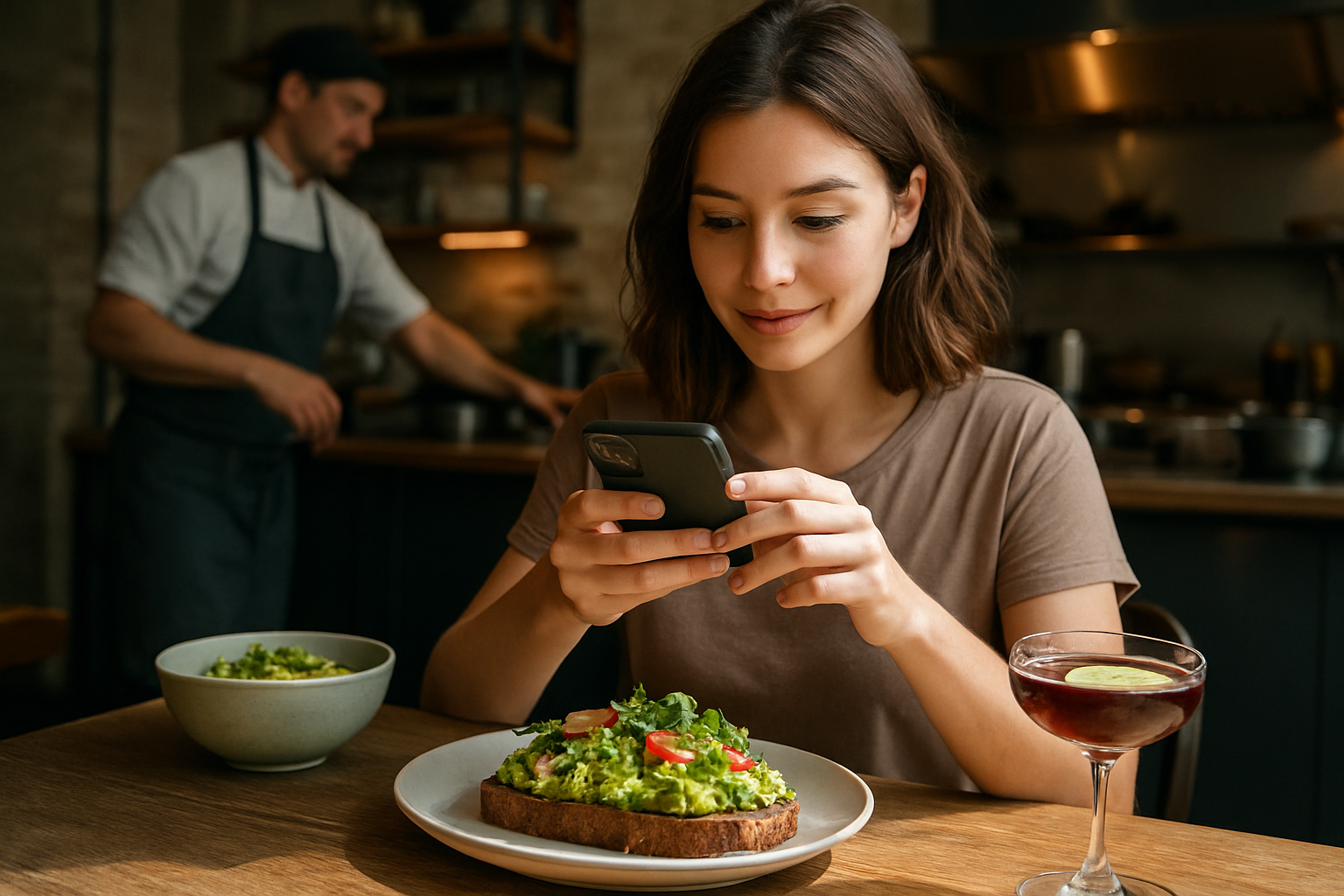The Quiet Rebellion: Solo Dining's Cultural Shift
In a world where social connections are paramount, a surprising trend is gaining momentum: the rise of solo dining. No longer confined to business travelers or lonely hearts, eating alone has transformed into a deliberate choice for many. This shift reflects changing attitudes towards solitude, self-care, and the very nature of dining itself. Read below to explore how this seemingly simple act is reshaping our social fabric and challenging long-held norms about meals and companionship.

The Historical Context of Dining Alone
Historically, eating alone was often associated with necessity rather than choice. In many cultures, communal meals were the norm, with solitary dining seen as a sign of social isolation or misfortune. This perception was deeply ingrained, particularly in collectivist societies where group harmony and togetherness were highly valued. The act of breaking bread together was not just about sustenance but a crucial element of social bonding and community cohesion.
However, the Industrial Revolution and subsequent urbanization began to chip away at these traditions. As people moved to cities and work schedules became more varied, the practicality of shared meals diminished. Despite this shift, the stigma around solo dining persisted well into the 20th century, with restaurants often relegating single diners to less desirable tables or bar seats.
The Psychology Behind the Solo Dining Trend
The growing acceptance of solo dining reflects broader societal changes in how we view independence and self-reliance. Psychologists point to several factors driving this trend. Firstly, there’s an increasing recognition of the value of solitude for mental health and personal growth. Spending time alone, including during meals, can provide opportunities for reflection, creativity, and self-discovery.
Moreover, the concept of self-care has gained prominence in recent years, with solo dining often framed as a form of personal indulgence or mindfulness practice. The act of savoring a meal alone allows individuals to focus fully on the sensory experience of eating, free from the distractions of conversation or social expectations. This mindful approach to dining can lead to greater appreciation of food and improved eating habits.
Technology’s Role in Normalizing Solo Dining
The digital age has played a significant role in making solo dining more socially acceptable and enjoyable. Smartphones and tablets provide a sense of connection and entertainment, allowing solo diners to feel less conspicuous in public spaces. Social media platforms have also contributed to normalizing the practice, with hashtags like #SoloDining and #TableForOne gaining popularity.
Additionally, the rise of food-focused content online has transformed dining into a more individualized experience. Food blogs, restaurant review apps, and Instagram have made it easier for people to discover new cuisines and dining spots, encouraging exploration that doesn’t necessarily require companionship. This shift has helped reframe solo dining as an adventure rather than a lonely experience.
The Economic Impact of Solo Diners
The solo dining trend has not gone unnoticed by the restaurant industry. Many establishments are adapting their spaces and menus to cater to individual diners. This includes the introduction of communal tables, bar seating with charging stations, and single-portion menu options. Some restaurants have even begun hosting events specifically for solo diners, recognizing the potential of this growing market segment.
Economically, the solo dining trend presents both challenges and opportunities for the food service industry. While it may lead to lower per-table revenue, it can also increase turnover rates and fill traditionally slower periods. Moreover, solo diners often spend more per person on food and drink, as they’re more likely to indulge in higher-end options or multiple courses when dining alone.
Cultural Variations in Solo Dining Acceptance
The acceptance of solo dining varies significantly across cultures. In countries like Japan, eating alone has long been normalized, with specialized solo dining experiences like individual ramen booths being common. In contrast, Mediterranean cultures, with their strong emphasis on family meals and social dining, have been slower to embrace the trend.
However, globalization and changing work patterns are gradually shifting attitudes worldwide. Urban centers, in particular, are seeing a growing acceptance of solo dining as a reflection of modern, independent lifestyles. This cultural shift is not just about dining habits but represents a broader reevaluation of social norms and individual autonomy in an increasingly interconnected yet individualistic world.
The Future of Solo Dining
As society continues to evolve, solo dining is likely to become even more prevalent and accepted. The trend reflects broader shifts towards individualism, self-care, and the breaking down of traditional social structures. It also aligns with changing work patterns, including remote work and flexible schedules, which blur the lines between personal and professional time.
Looking ahead, we may see further innovations in the solo dining experience. Virtual reality dining companions, AI-powered conversation partners, or interactive dining environments could emerge to cater to those seeking a blend of solitude and engagement. Whatever form it takes, solo dining’s journey from social taboo to celebrated lifestyle choice marks a significant shift in how we view meals, companionship, and the value of time spent alone.





